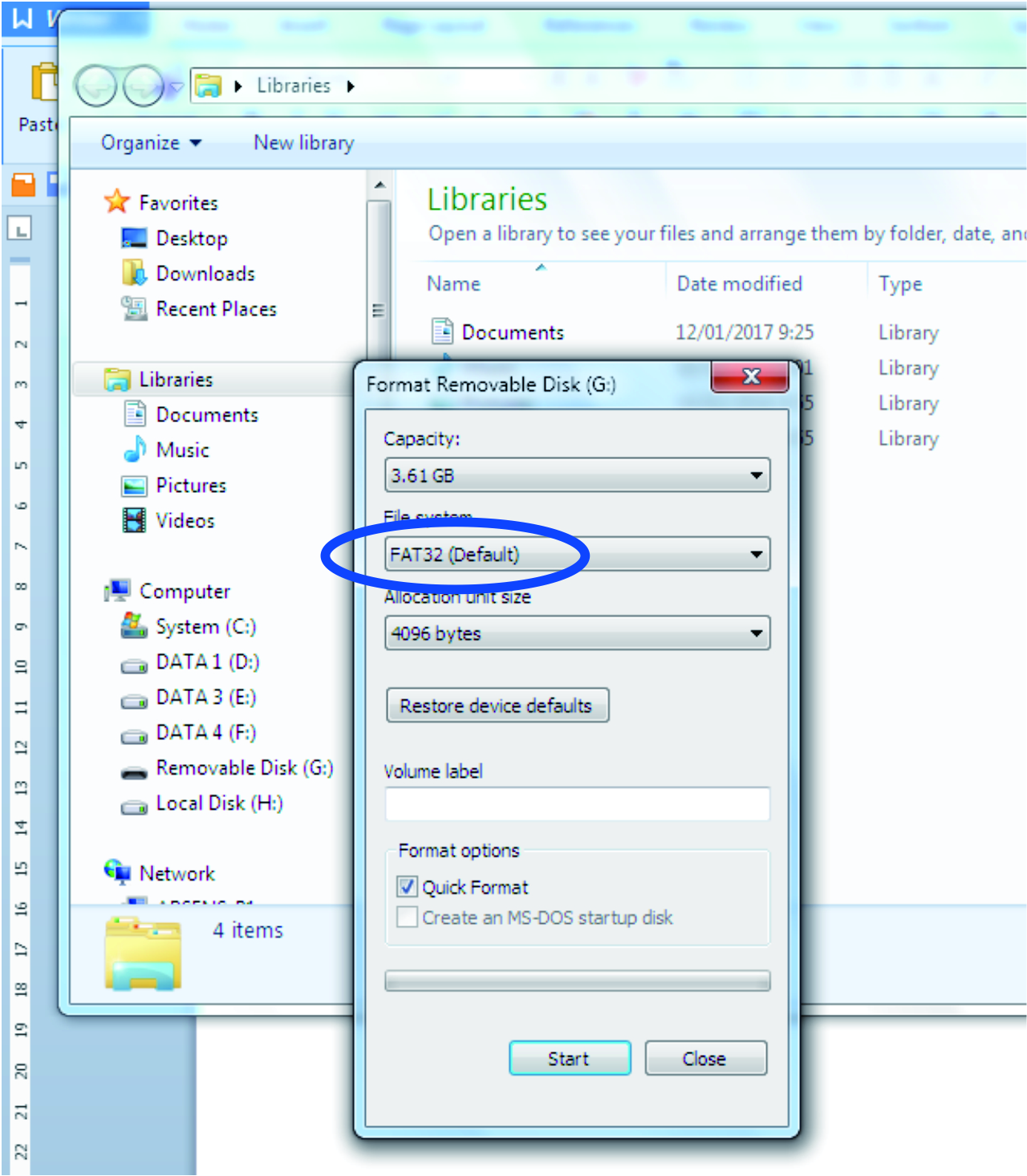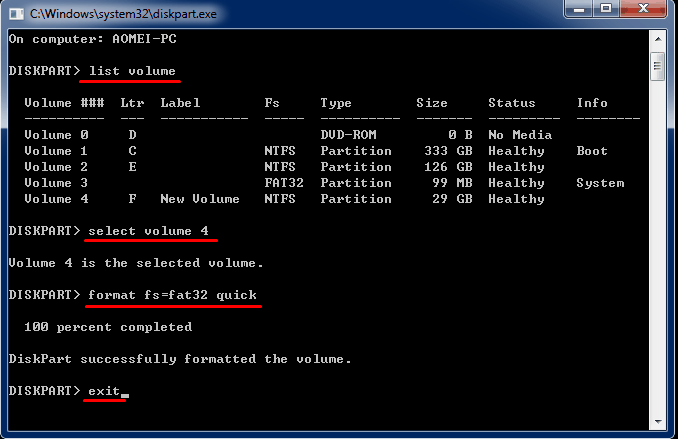

The following article content will introduce two methods to format a 32GB+ USB drive to FAT32 in Windows and a method to prevent data loss. In fact, the FAT32 file system theoretically supports a space limit of 16TB, and most single external drives are currently only 8TB, so it is also feasible to use FAT32 to format a USB drive with a space larger than 32GB. Many users have noticed that Windows 10 format utility doesn’t let you format USB drives larger than 32GB to the FAT32 file system by default. However, due to the specification limitations introduced by the manufacturer on the file system, FAT32 can only format external drives such as USB flash drives between 2GB and 32GB in size. Major operating systems and most devices currently support FAT32, making it a drive that needs to be accessed between different systems. If you really need to use larger individual files, then NTFS and exFAT are more suitable. But as long as you don’t plan to use a single file over 4GB in size, it’s fine as an external drive file system format for use across devices and operating systems. The FAT32 file system is relatively old, has many limitations such as low security, and is no longer suitable for modern mainstream operating systems.


Summary : How to format a 32G USB flash drive as FAT32? Everyone knows that a USB flash drive larger than 32GB can only be formatted into NTFS format after formatting, so is there any way to format a large capacity USB flash drive larger than 16GB into FAT32 format? In this article, we will teach you how to format a 32GB+ USB drive to FAT32 in Windows.


 0 kommentar(er)
0 kommentar(er)
